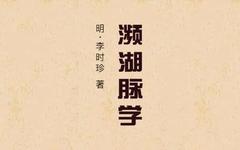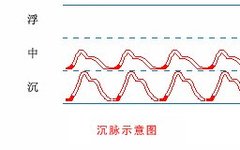Summary of Traditional Chinese Diagnosis 06 | Pulse Diagnosis
Summary of Traditional Chinese Diagnosis 06 Pulse Diagnosis (一)Characteristics of Normal Pulse There is a stomach—calm, gentle, and smooth. There is spirit—pulse rhythm is regular, soft yet strong. There is root—radial pulse is strong, deep and continuous. (二)28 Pulse Types 1. Floating Pulse Types: Easily felt with light pressure. (Fu Hong Ru San Kao Ge) … Read more










